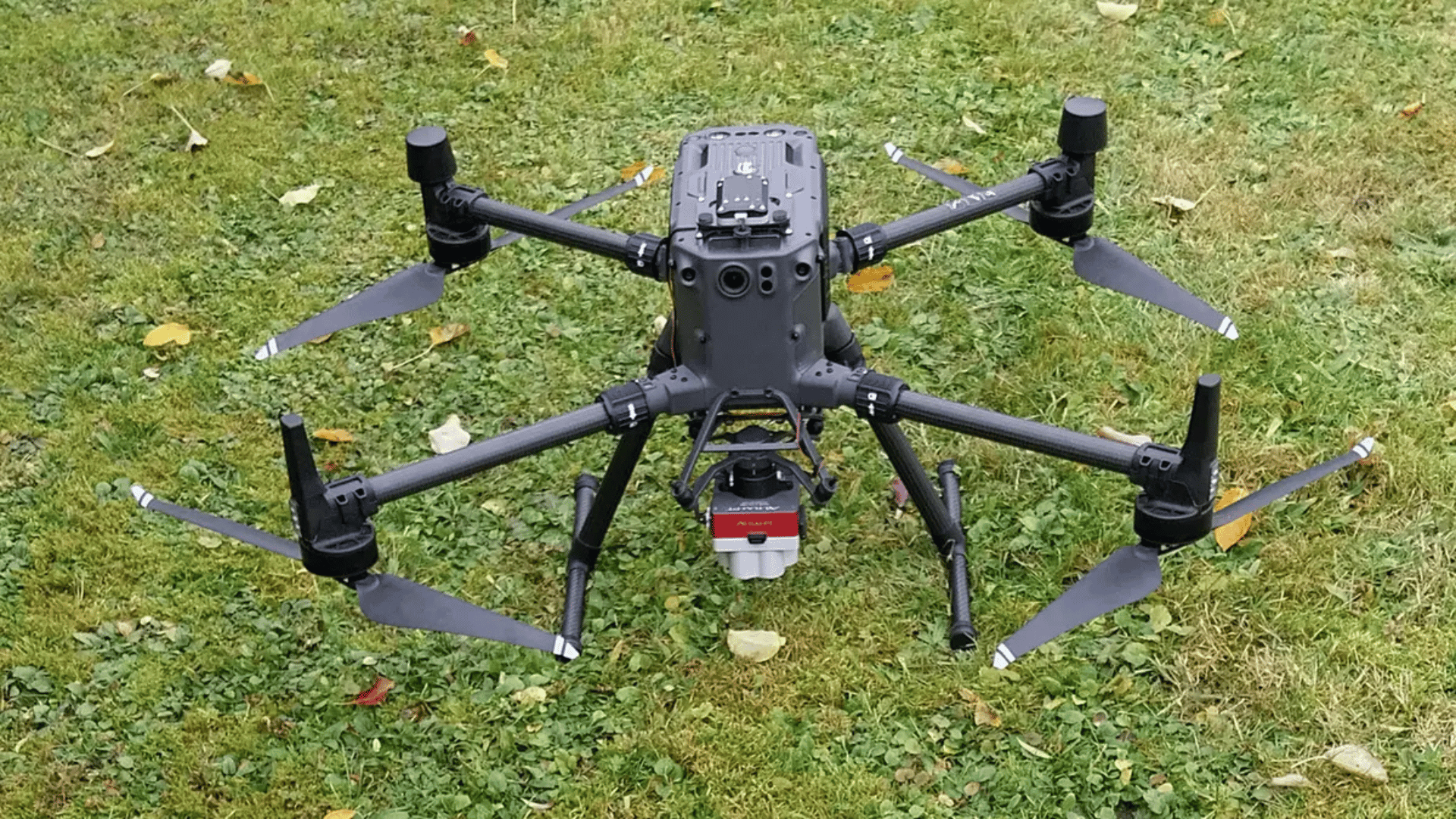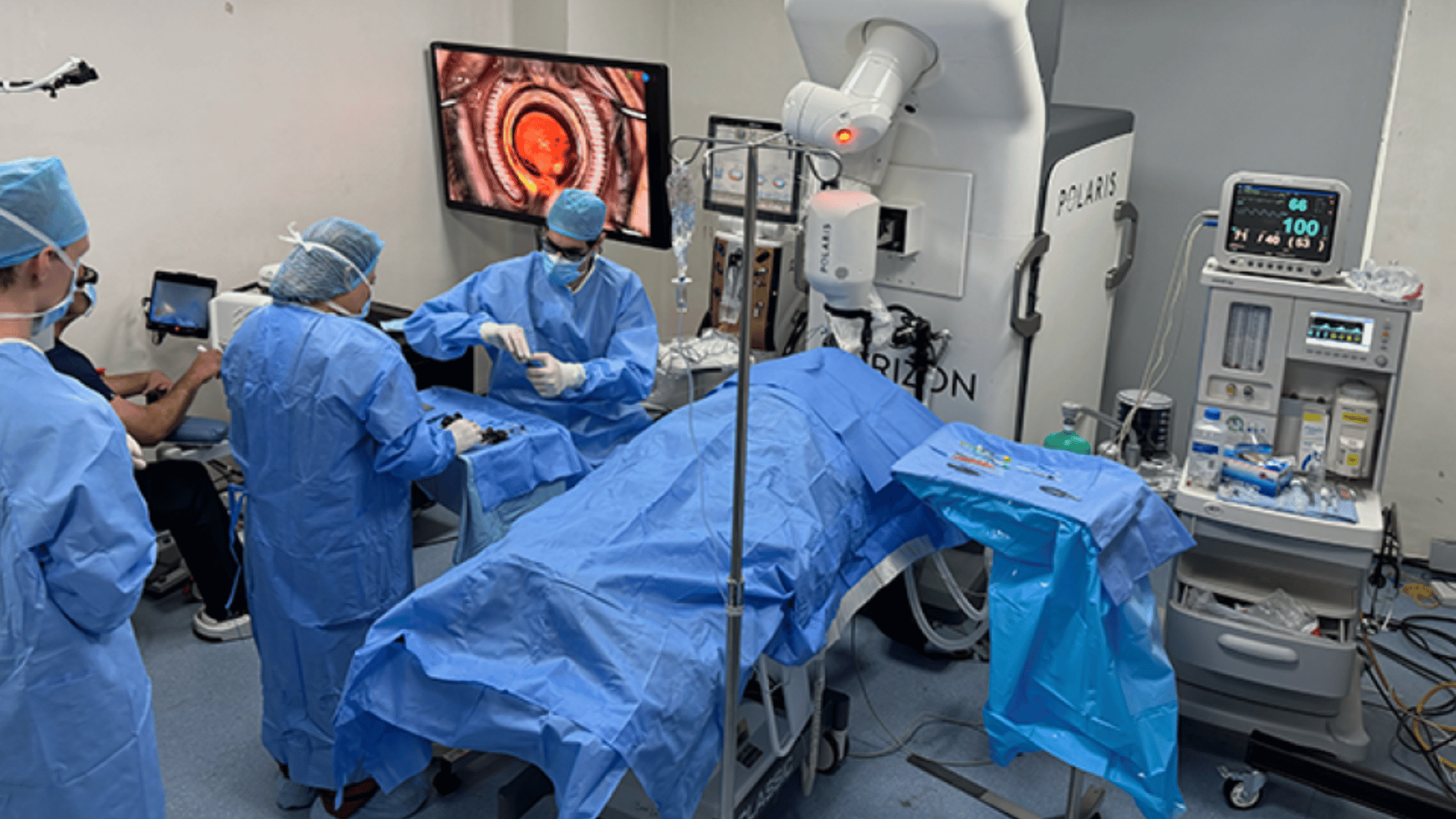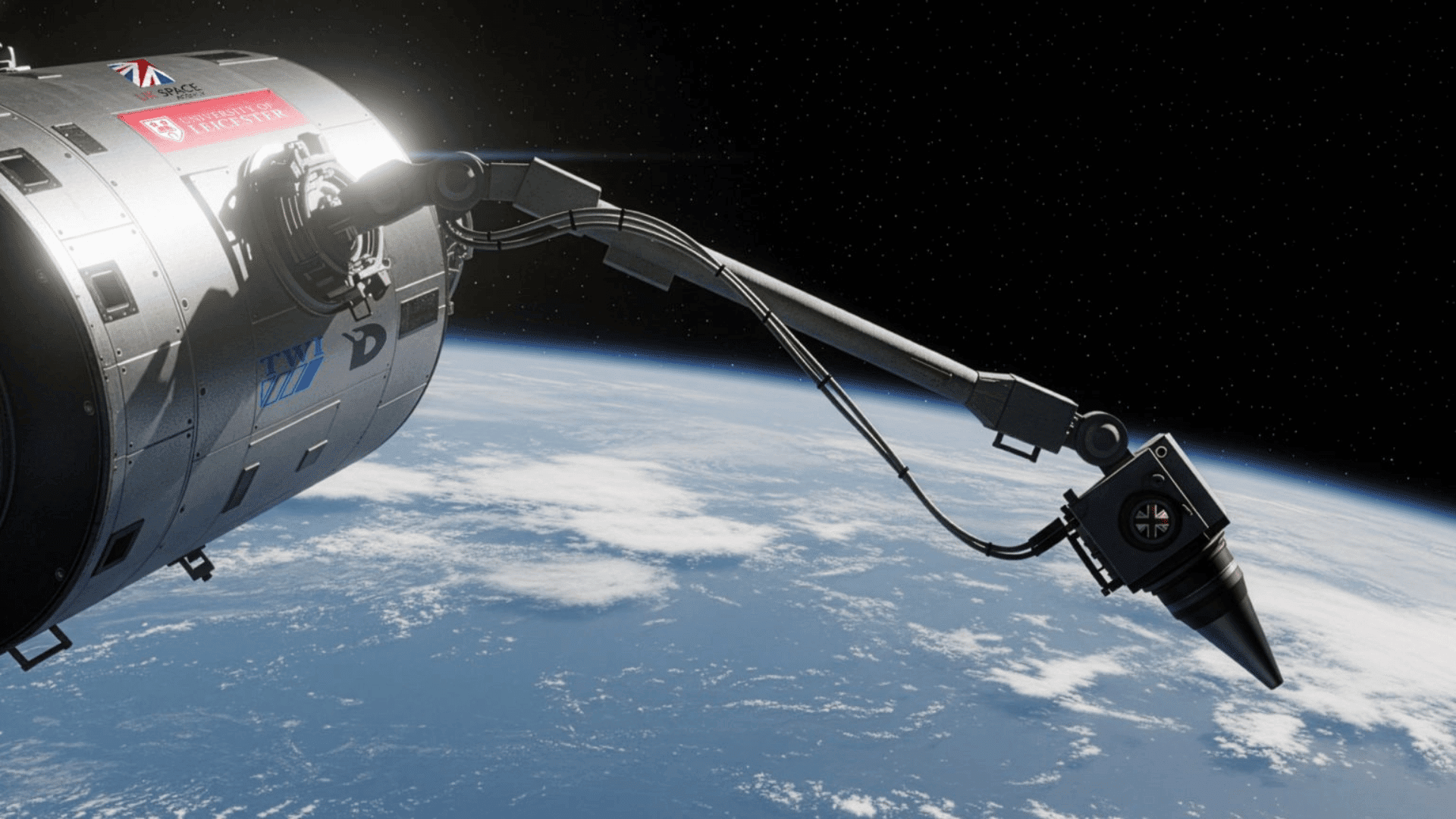Researchers in Germany are using technology to protect trees from droughts by tracking their health with data-driven drones.
Scientists at the University of Hohenheim recently introduced a drone system that monitors tree health and optimizes irrigation across the university’s historic Hohenheim Gardens. With historic trees that are approximately two centuries old, the project combines high-resolution aerial imaging, environmental sensors, and advanced analytics to assess the water requirements of the trees.
Drones Defend Trees From Drought

The initiative involves a 31-inch (80 centimeters) drone with a multispectral camera capable of detecting variations in vegetation health and moisture content. According to the university, the drone flies over the gardens on a weekly basis, gathering thermal and optical data to gain insights into the physiological condition of the trees.
Helmut Dalitz, PhD, the scientific director of the Hohenheim Gardens, stated that the project was inspired by the increasing impact of climate change on the trees at the Hohenheim Gardens.
“Our high-tech drone often sparks curious questions from visitors,” Dalitz stated to Interesting Engineering. “Our team on site is always happy to explain what our new airborne assistant is all about.”
A special camera attached to the drone provides the team with data on the trees’ health and water requirements. This helps protect the trees and make water use more efficient and less wasteful through targeted irrigation. Professional tree climbers have also installed 100 sensors in the canopies of selected trees to gather further data.
“So far, most visitors have responded with curiosity and interest in our project. In fact, our pilot project could become a model for green spaces across Germany,” Dalitz stated.
The drones require strict safety protocols, with each flight conducted by two licensed pilots and redundant propulsion and battery systems to ensure controlled landings. These drones could also be used in agricultural field tests to detect diseases in crops.
“Our drone is friendly and completely dedicated to serving our valuable trees,” Dalitz said in a press release. “Naturally, all flights are registered with the relevant authorities and the police. The drone never comes closer than 1,700 meters [one mile] to the airport.”







